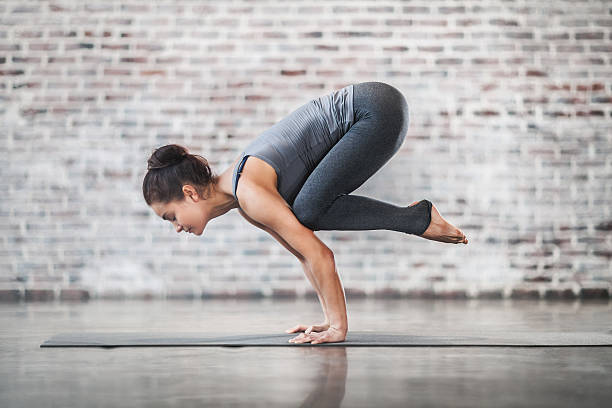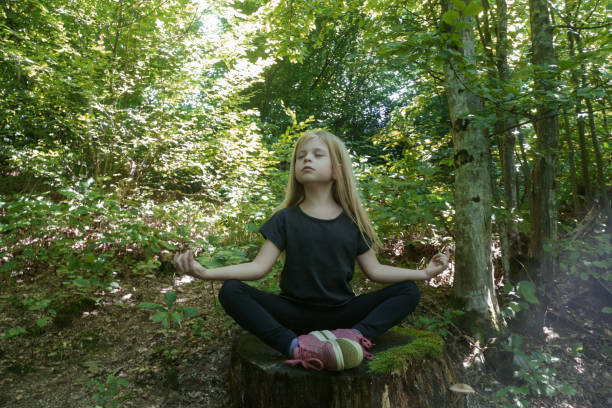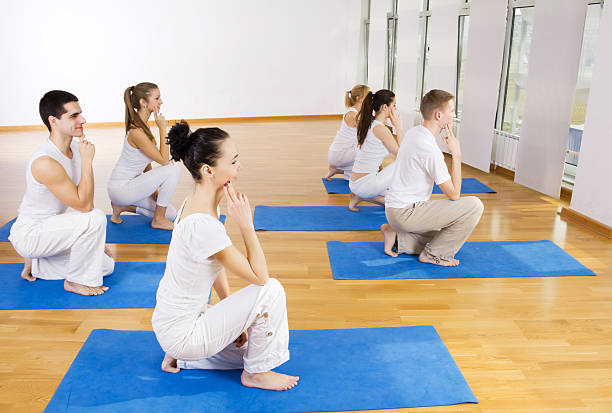
As the 10th anniversary of EkhartYoga comes to an end, it’s time to take a look behind-the-scenes at the moments that don’t go according to plan.
As we rest here, it is easy to shift our attention to the nature and consciousness of awareness and consciousness. You can sense your interconnectedness and become aware of your exact, unifying nature. It is inclusive, restful, expansive, present, and full of joy.
Yoga Nidra is a way to enter a peaceful and harmonious state. Its effectiveness is being proven by research.
Who is it for?
Anyone can practice Yoga Nidra. Yoga Nidra is open to all.
iRest is the Yoga Nidra form I teach and practice. Research supports the effectiveness of iRest in relieving the above symptoms. You will also notice a significant increase in your overall well-being.
People are often surprised at the effectiveness and power Yoga Nidra has in my private yoga therapy practice. Although it doesn’t try to solve all problems, paradoxically, deep listening and acceptance can help many of our problems. This is why I love to teach Yoga Nidra. It shows us that we can transcend what we cannot be with. Yoga is about being present in the moment and allowing yourself to surrender to your life and yourself.
What’s Yoga Nidra?
Lie down and take a rest.
Once we feel comfortable and have established a foundation, we can increase our sensory awareness and concentration. The practice of exploring the body and breathing can help us to relax the mind and body.
Here are various emotions, thoughts, and beliefs that can arise.
Seeing, hearing, accepting, and connecting with the mind and emotions is possible.
Where does Yoga Nidra come from?
Yoga Nidra has its roots in a philosophy called Sankhya. It was first recorded around 700 BC. Many people then practiced the teachings of Sankhya. Patanjali, Buddha, and others are two of the most prominent supporters.


